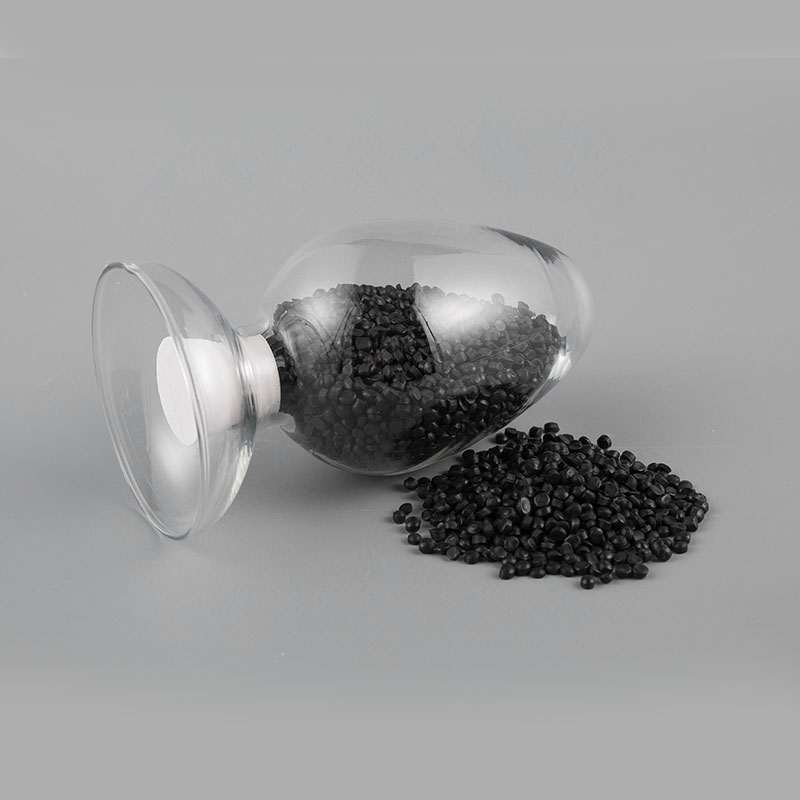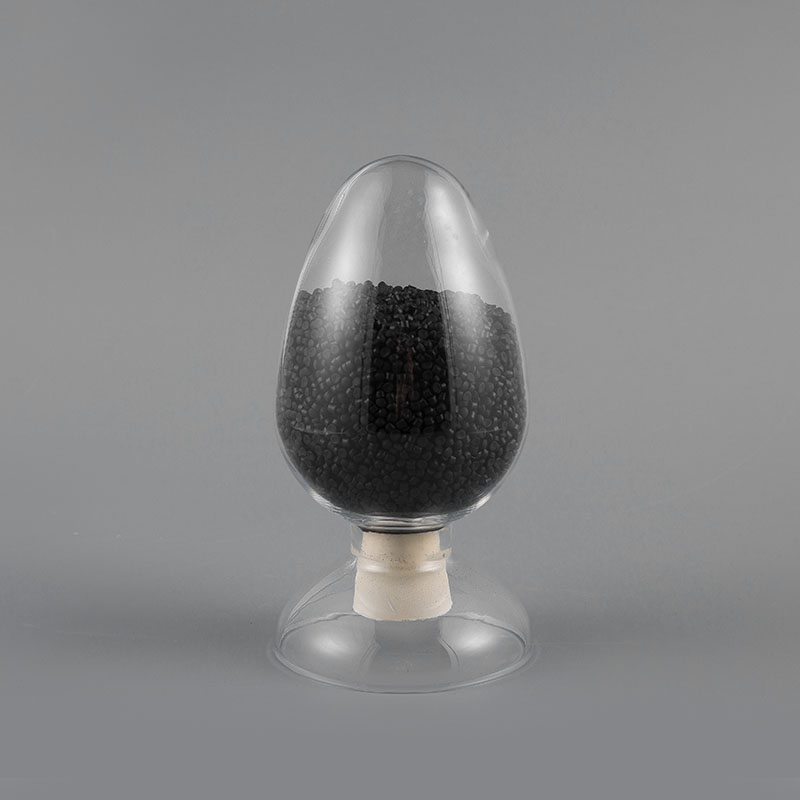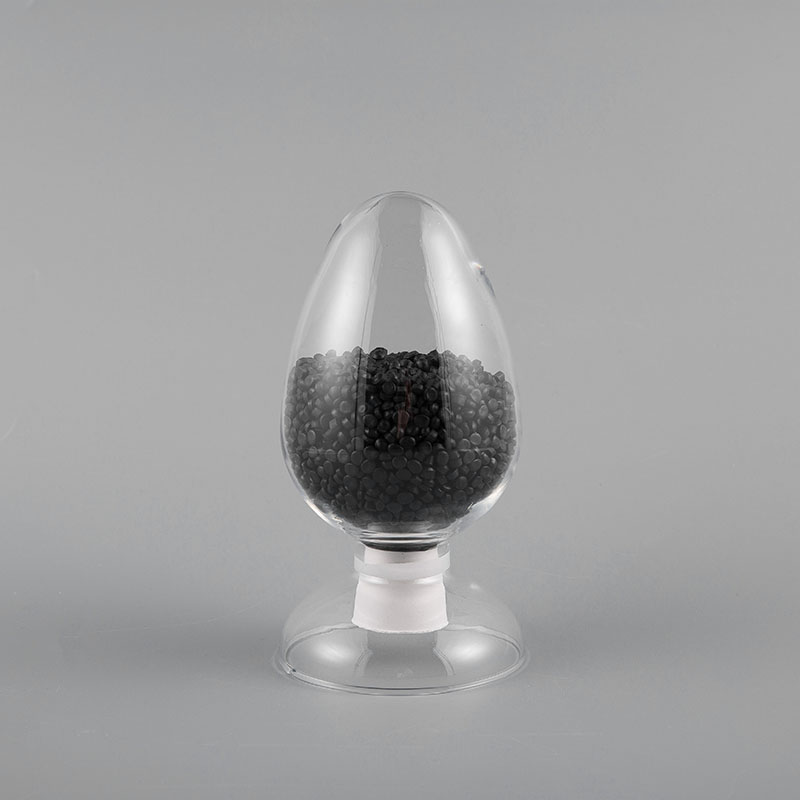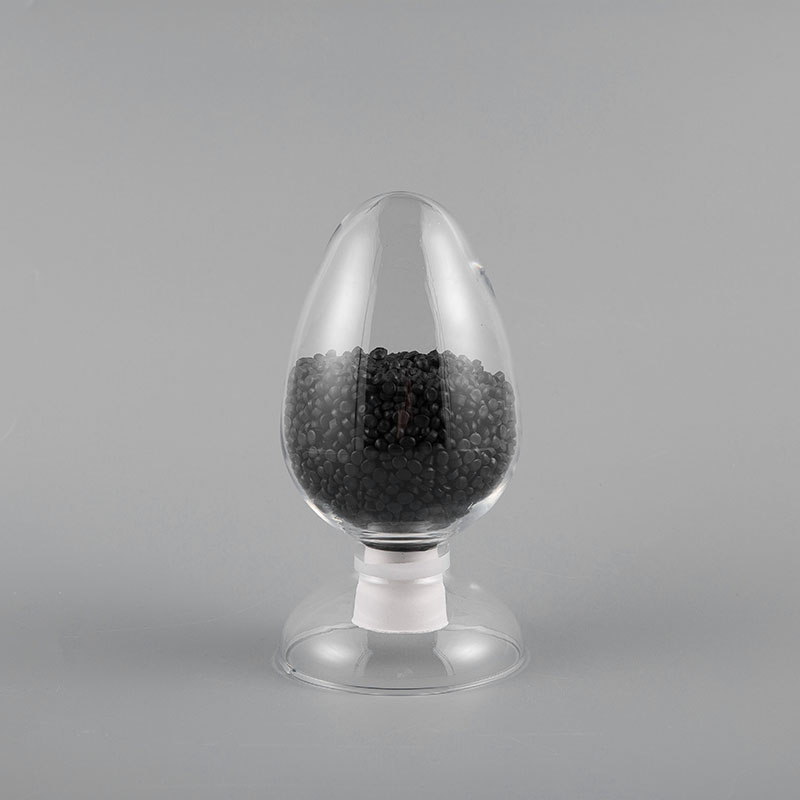Heating cables are essential for a wide range of applications, from ensuring industrial pipelines don't freeze to keeping our homes warm. The core of these vital systems lies in their sophisticated heating cable compounds, which are meticulously engineered to meet demanding performance and safety standards.
FSY/ZH-90 90℃ PVC Flame Retardant Anti-Rodent Anti-Termite Soft Sheath Plastic
Technical Composition and Materials Science
The effectiveness of heating cables hinges on their material science.
Base Materials
At the heart of these compounds are polymer matrices such as cross-linked polyethylene (XLPE), ethylene propylene diene monomer (EPDM), and polyvinyl chloride (PVC). Each offers distinct advantages in terms of flexibility, temperature resistance, and durability.
Critical to their function are conductive fillers, primarily carbon black and, in some cases, metal powders. These fillers are carefully dispersed within the polymer matrix to achieve the desired electrical conductivity requirements for heating cables. The precise loading and morphology of these fillers directly influence the compound's electrical and thermal properties.
Key Performance Parameters
Several parameters define a heating cable compound's suitability for specific applications. These include resistivity, which dictates the heating output; temperature range, indicating the operational limits; and mechanical strength, crucial for durability during installation and throughout its lifespan.
A key distinction in heating cable technology lies between self-regulating and constant wattage systems. Self-regulating heating cables, often incorporating a specialized medium voltage self-regulating heating cable compound, adjust their heat output based on ambient temperature. This is achieved through a unique polymer-carbon composite that increases its resistance as the temperature rises, thus reducing power consumption. In contrast, constant wattage cables provide a consistent heat output regardless of temperature.
Application Scenario Analysis
Heating cable compounds find diverse applications across industrial, civil, and commercial sectors.
Industrial Applications
In industrial settings, they are indispensable for heating cable compounds for pipeline freeze protection in oil & gas pipelines, preventing valuable fluids from solidifying in cold environments. They also play a critical role in chemical storage tanks, maintaining optimal temperatures for viscosity control and process efficiency.
Civil and Commercial Applications
In the civil and commercial sectors, heating cables enhance comfort and safety. They are widely used in underfloor heating systems to provide comfortable, even heat in residential and commercial buildings. For safety, they are deployed in roof de-icing applications, preventing ice dams and snow accumulation that can cause structural damage or pose hazards.
Performance Optimization and Challenges
Developing and refining heating cable compounds involves continuous innovation and addressing specific challenges.
Weatherability and Durability
Ensuring long-term performance requires robust weatherability and durability. This is achieved through the careful selection of additives, such as anti-UV stabilizers and hydrolysis-resistant compounds, which protect the polymer matrix from environmental degradation.
Safety Standards
Safety is paramount, and heating cable compounds must comply with stringent international standards. Flammability performance is assessed against standards like UL 94 and IEC 60332 to ensure they do not propagate flames. Furthermore, electrical safety is guaranteed by adherence to standards like IEC 60800 standards for heating cable compounds, which specify requirements for heating cables for comfortable heating and for preventing freezing. Products also often seek UL certification for medium voltage heating materials, a recognized mark of safety and quality in the industry.


 English
English 中文简体
中文简体 русский
русский







